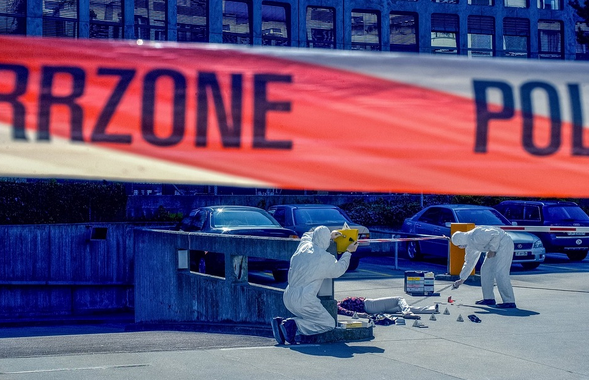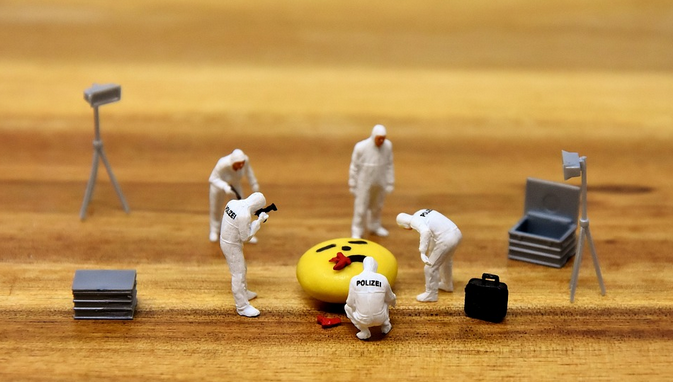Stepping into a crime scene is never easy, but someone has to do it. Crime scene cleaning services are the unsung heroes who work tirelessly to restore a scene to its original state. However, this job is not for everyone. Joining the cleanup team in Bio Recovery Cleaning Company, for instance, requires specialized training, equipment, and a strong stomach. Above all, crime scene cleaning must adhere to legal requirements and safety standards to protect both the cleaners and the public.
The reason behind this is simple: crime scenes are often contaminated with bodily fluids, hazardous chemicals, and dangerous pathogens. Without proper precautions, these substances can pose serious health risks to basically anyone who comes into contact with them. That’s why professional crime scene cleaners must follow super strict protocols to ensure the safe and effective cleanup of a crime scene. Here is a rundown of the legal requirements and safety standards that they must adhere to.
OSHA Compliance
When it comes to crime scene cleaning, OSHA compliance is non-negotiable. The OSHA ultimately sets standards for workplace safety, including hazardous materials handling and control of bloodborne pathogens. Crime scene cleaners must adhere to OSHA’s regulations to ensure their own safety and that of others.
Proper training on handling biohazardous materials is essential in maintaining OSHA compliance during crime scene cleanup operations. Regular risk assessments should always be conducted to determine potential hazards at the crime scene and implement appropriate control measures. Additionally, proper disposal procedures for biohazardous waste must be followed according to OSHA guidelines.
State and Local Regulations
Each region may have specific laws and guidelines that companies must adhere to when handling biohazardous materials. These regulations are in place to protect both the workers involved in the cleanup process and the general public. State and local authorities often require crime scene cleaning companies to obtain special permits or licenses to operate legally.
This ensures that businesses meet certain standards of training, equipment maintenance, and disposal procedures. Failure to properly comply with any of these regulations can put you at risk of fines or even legal repercussions. In addition to permits, regulatory bodies may also dictate how biohazardous waste should be handled and disposed of properly.
Proper Certification
When it comes to crime scene cleaning, having proper certification is crucial. It ensures that the individuals performing this sensitive and demanding job have received the necessary training and education to handle potentially hazardous materials safely. Certification programs usually cover a broad range of topics, including bloodborne pathogens, personal protective equipment (PPE) usage, decontamination procedures, and proper disposal methods.
By obtaining certification from reputable organizations or institutions, cleaners can demonstrate their competence in adhering to industry standards and best practices. Having the right certifications not only gives peace of mind to clients but also protects the health and safety of both the cleaning professionals and anyone else who may come into contact with the affected area later on.
Documentation and Record-Keeping
Properly documenting the steps taken during the cleaning process is not only important for legal compliance but also for transparency and accountability. Detailed records should include information such as the date and time of the cleanup, a description of the scene before and after cleaning, any hazardous materials removed, and the disposal method used.
This information can serve as evidence in case of any further disputes or legal issues that may arise. Maintaining accurate records is not just about meeting regulatory requirements; it’s also about protecting both your business and clients. By keeping thorough documentation, you demonstrate professionalism and diligence in your work, which can help build trust with customers.


